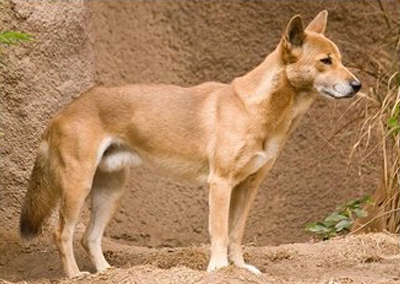Village dogs in South Asia historically played essential roles as guardians of homes, livestock, and crops. They provided protection to their human companions and were valued for their loyalty and alertness. In urban areas of South Asia, street dogs, often referred to as “community dogs” or “pariah dogs,” are a common sight. These dogs are typically of mixed ancestry and roam freely in neighborhoods, scavenging for food and forming bonds with local residents. Despite their importance in South Asian society, village dogs face various challenges, including issues related to overpopulation, stray dog management, and animal welfare. Efforts are underway to address these challenges through initiatives such as spay/neuter programs, vaccination campaigns, and community education efforts.
Village Dog South Asian

